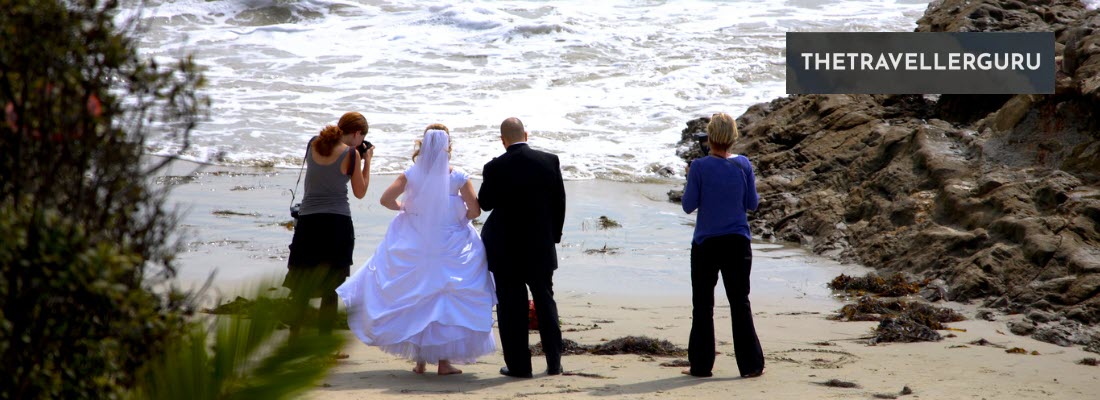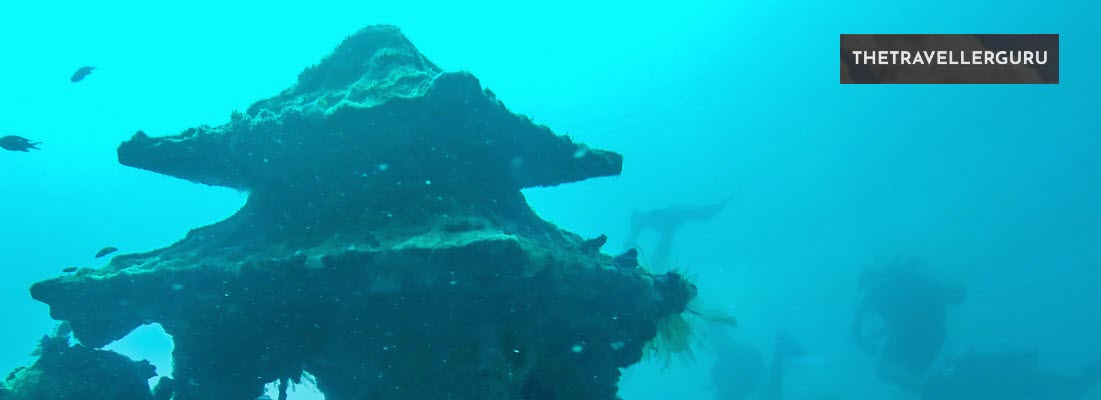Hey there scuba divers and welcome to my post where we will check out my 10 best spots in California for scuba diving this year. If you’re a scuba diving enthusiast, California is the perfect place to explore the underwater world.
With its long coastline, diverse marine life and clear waters, California offers some of the best scuba diving spots in the world. Whether you’re a beginner or an experienced diver, there are plenty of options to choose from.
Map Of California’s Best Diving Spots
Use this map to identify the location of the best diving spots in California listed below:
Best Spots in California for Scuba Diving
From the northern coast to the southern beaches, there are plenty of dive sites to explore. Here are some of the top dive sites in California that you should not miss:
1. Naples Reef, Long Beach
Naples Reef is located in the Santa Barbara Channel and is part of the Naples State Marine Conservation Area. It’s a protected underwater park that offers divers a chance to explore anemone-covered underwater walls that can reach 30 feet in height, a thick kelp forest and even a shipwreck.
The marine life in Naples Reef is abundant, providing opportunities to see yellowtail, sea lions, lobsters and a variety of other marine species. This area is also significant for marine biologists due to its diverse sea life and the research opportunities it presents.
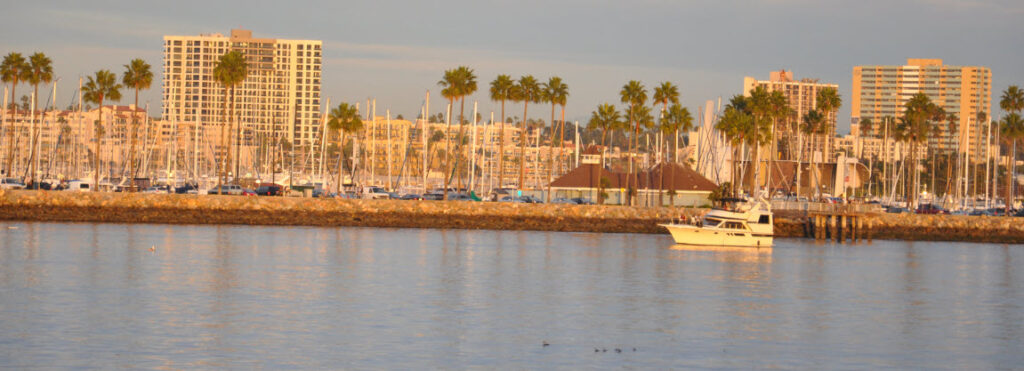
2. The Southeast Farallon Islands
The Southeast Farallon Islands are located about 32 miles off the coast of San Francisco and are part of the Gulf of the Farallones National Marine Sanctuary, which is larger than the state of Rhode Island. This sanctuary is a haven for a diverse array of marine life including thousands of seals and sea lions.
In the summer months, Great White sharks are known to pass through the reserve as part of their migratory pattern as well, which makes it a notable spot for shark enthusiasts, particularly from August to January.
Diving in this area is especially thrilling due to the presence of these apex predators and cage diving tours are available for those seeking a close encounter with Great White sharks. The Farallon Islands offer a unique and adventurous diving experience for those interested in observing marine life in a protected and natural environment.
For those interested in diving around the Farallon Islands, it’s important to note that the conditions can be challenging due to the open ocean environment and it’s recommended to go with experienced guides or operators who are familiar with the area. Additionally, due to the protected status of the area, there may be restrictions on diving activities to preserve the marine ecosystem as well.
Check out these: 5 Tips for Flying with Scuba Gear
3. Point Lobos State Natural Reserve
Point Lobos State Natural Reserve, often referred to as “The crown jewel of the California State Park System,” is a place of extraordinary beauty and ecological significance. The underwater park within the Point Lobos State Marine Reserve is part of the Monterey Bay National Marine Sanctuary, one of the richest marine habitats in California.
Divers at Point Lobos can explore the vibrant underwater world which includes 70-foot-high kelp forests teeming with life such as lingcod, rockfish, harbor seals, sea otters and sea stars.
Diving is permitted only at Whalers and Bluefish Coves and divers must have a reservation and proof of certification. The marine mammals in the area are protected and NOAA Fisheries recommends keeping a distance of at least 100 yards from whales and 50 yards from dolphins, seals, sea lions and turtles.
For those looking to dive in this area, it’s important to plan ahead as reservations are required and there are specific rules and fees for diving and snorkeling. The reserve also offers opportunities for sightseeing, photography, painting, nature study, picnicking and jogging amongst other activities as well.

4. Lover’s Point in Pacific Grove
Lover’s Point in Pacific Grove is a popular spot for scuba diving known for its easy beach access and relatively calm waters, which make it a good choice for both new and experienced divers. The underwater environment features dense kelp forests that are home to a variety of marine life including starfish, abalone and large crabs.
The area is also a popular spot for snorkeling, swimming and kayaking and it’s a beautiful place to simply relax on the beach. Above water, Lover’s Point Park provides stunning views of the Monterey Bay and is a great location for picnicking and wildlife viewing as well.
For those interested in diving at Lover’s Point, local dive shops in Pacific Grove and Monterey can provide rental equipment, guided tours and information on current conditions. It’s always recommended to check with these local resources before planning a dive to ensure the best experience.
Book your trip to California here!
5. Old Marineland
Old Marineland, also known as Long Point, is a popular dive site located in Rancho Palos Verdes, California well-known among the diving community for its challenging conditions and is recommended for more experienced divers. The area was once home to Marineland of the Pacific, a public oceanarium and tourist attraction that closed in 1987.
The dive site itself offers a rich underwater experience with a healthy kelp forest and a reef that provides habitat for a wide variety of marine life. Divers can expect to see an abundance of fish species, invertebrates, and occasionally larger marine animals such as sea lions. The topography of the site includes rocky reefs, walls and canyons, providing an exciting environment for exploration.
Due to the conditions and the potential for strong currents, it’s important for divers to be well-prepared and to dive with a buddy. Local dive shops in the area can provide additional information on current conditions, guided dives and any necessary permits or access requirements as well.
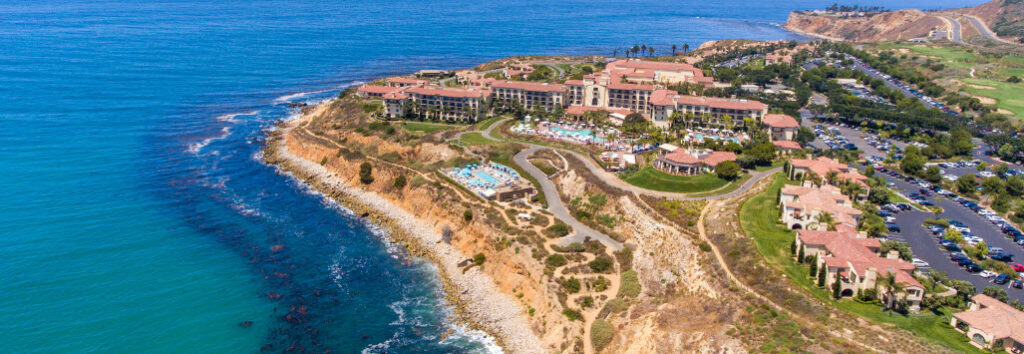
6. Santa Cruz Island
Santa Cruz Island is the largest of California’s Channel Islands, featuring over 96 square miles of diverse landscapes, including two rugged mountain ranges, deep canyons with year-round springs and streams and 77 miles of craggy coastline cliffs, giant sea caves, pristine tidepools and expansive beaches.
Around the island, divers can explore kelp forests, sea caves and rock walls which provide habitats for an array of marine creatures. One of the island’s most famous dive spots is the Painted Cave, one of the world’s largest and deepest sea caves, which is a must-see for adventurous divers.
The marine life around Santa Cruz Island is diverse, with opportunities to encounter seals, sea lions and numerous fish species. The clear waters of the island also often provide excellent visibility, enhancing the overall diving experience. The island’s unique position in the Pacific also means that it’s a corridor for migrating whales, which divers might spot during certain times of the year.
Diving conditions at Santa Cruz Island can vary, with the best visibility often found from late summer through early fall and water temperatures can range from the high 40s in the winter to around 70 degrees in the summer, so appropriate thermal protection is recommended.
Access to the island is typically by boat, with options for both private charters and public ferries. Divers should plan their trips with a focus on safety and environmental respect, adhering to the guidelines set by the National Park Service and The Nature Conservancy, which manage the island.
For those looking to dive at Santa Cruz Island, it’s advisable to check with local dive operators for guided tours, equipment rentals, and current conditions. The National Park Service website for Santa Cruz Island is also a valuable resource for planning your visit.
Check out these: 3 Best Travel Bags for Scuba Gear
7. Smith River
Smith River, located at the far northern end of California near the Oregon border, offers a dive site known as Early Hole, which is also referred to by some as “Wagon Wheel.” The river is formed by the confluence of its Middle and North forks in Del Norte County and is unique in that it is a free-flowing river without any dams.
The Smith River runs through rocky canyons and is often very clear, with visibility up to 50 feet, making it a popular site for both California and southern Oregon divers.
The diving conditions at Smith River can vary with the seasons. In the winter, visibility can be reduced and currents may become too strong for safe diving due to rain. Conversely, during the summer, the water can warm up to the low 70s. Divers should also be aware that water temperatures can be quite low due to snowmelt, sometimes reaching into the low 40s.
Early Hole can be accessed just off Highway 197, about 10 miles east of Crescent City and the dive site itself features a coarse gravel bottom with a steep, rugged cliff on one side as you swim upstream. The depth gradually increases from the entry point to a maximum of about 50 feet. Depending on the season, divers may experience a slight to strong downstream current.
The site is not only known for its visibility and depths but also for the interesting rock formations and the potential to see a variety of fish species. It is a favored spot for dive training due to the clear water, rocky bottom, and gradual depth changes. More experienced divers might visit for night diving, gear testing or when ocean conditions are unsuitable as well.
The Smith River is home to fall-run Chinook salmon, coho salmon, winter-run steelhead trout and coastal cutthroat trout, amongst other species. Divers should be cautious of fishing lines as the river is a popular fishing area and proper thermal protection is essential due to the cold water temperatures, especially in winter.
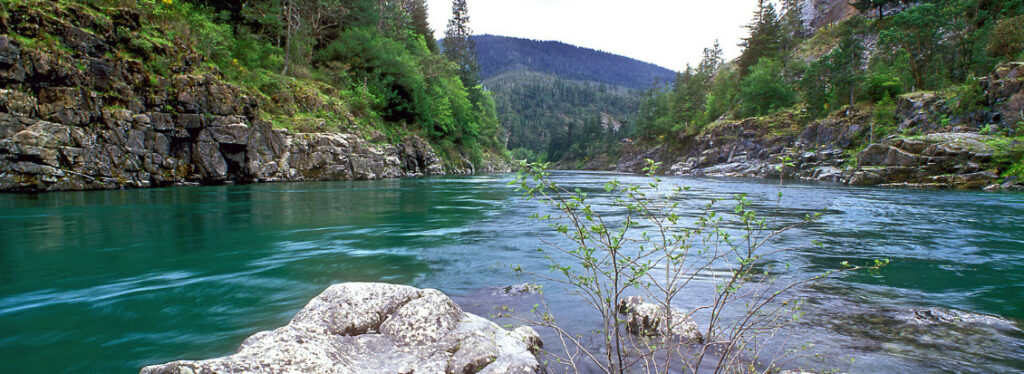
8. Lake Tahoe
Lake Tahoe, known for its clear waters and scenic beauty, is a prime location for scuba diving and with an altitude of over 6,200 feet, it’s an excellent place for divers to gain altitude diving experience too. The lake’s temperatures range from about 40 degrees in the winter to the mid-60s in the summer, so thermal protection is essential for a comfortable dive.
One of the unique underwater attractions at Lake Tahoe is the Emerald Bay State Underwater Park, which features an underwater trail leading divers to several small shipwrecks and other points of interest. Other dive sites around Lake Tahoe include sunken trees and dramatic drop-offs, with some cliffs plunging to depths of over 1,000 feet.
Divers in Lake Tahoe can expect to see a variety of freshwater fish and plant life and the high visibility in the lake often allows divers to see great distances, making for an exceptional underwater experience. Given the lake’s size and variety of dive sites, it’s a destination that can cater to divers of all experience levels.
For those interested in diving in Lake Tahoe, the Tahoe Dive Center offers courses and certifications, including Open Water Diver and Altitude Diver certifications. They also provide information on the best dive spots and the necessary gear for diving in the lake’s conditions.
Book your trip to California here!
9. Channel Islands National Park
Channel Islands National Park offers a unique scuba diving experience with its diverse marine life and underwater landscapes. Diving is possible year-round, but the best conditions are from late summer through winter. Water temperatures can range from the high 40s to 70 degrees in the summer, and visibility can vary from 10 to 100 feet. Currents are common and can be strong, so it’s important to look for standing kelp as an indicator of safer conditions.
Island Packers provides transportation from Ventura to all five of the national park islands and there are options for private charters for specific destinations or overnight trips. If you do plan to dive these islands, keep the following in mind:
- Reservations: It’s essential to book your ferry ticket and campsite in advance. You can make campsite reservations through the National Park Service and book ferry rides via Island Packers. Keep in mind that ferries have a limited schedule and don’t run to every island daily.
- Travel Timing: The best time for a visit is between June and October, with the late fall and winter months being less predictable due to large swells and high winds. Spring brings wildflowers and wildlife viewing opportunities, while summer and early fall are excellent for diving and observing marine life like whales.
- Water Planning: Not all islands have access to drinking water. For those without, you’ll need to bring sufficient water for drinking, gear rinsing, and cooking.
- Packing Guidelines: There’s a weight limit for gear, so pack light and ensure your dive gear is secure. Weight belts should be carried on your person, and water and fuel should be kept separate during the ferry ride.
- Fishing Regulations: If you plan to fish, familiarize yourself with all the regulations beforehand. You’ll need a sport fishing license with an Ocean Enhancement stamp, and possibly a lobster catch report card, depending on your catch plans.
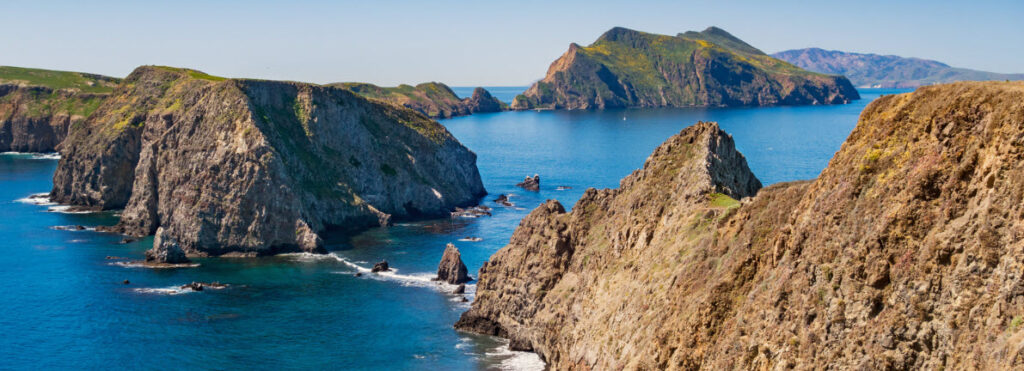
10. Catalina Island
Catalina Island is a premier destination for scuba diving enthusiasts offering clear blue waters and a variety of underwater experiences. The island’s dive sites cater to all skill levels, from beginners to advanced divers. The area offers visibility up to 60 feet, providing clear views of the marine environment and surface temperatures around 67º F, making for comfortable diving conditions as well.
Casino Point is a particularly popular dive site on Catalina Island, known for its rich marine life and underwater features. And to assist here, Diving Catalina provides safe and educational snorkel and scuba diving activities for the whole family as well as a range of scuba diving programs, including introductory courses, specialty dives, guided scuba tours and certification classes.
For a different experience, night dives are also available.
FAQs
What certifications do I need to scuba dive in California?
To scuba dive in California, you will need to have a scuba diving certification from a recognized organization, such as PADI or NAUI. You will also need to have a valid diving license and medical clearance to ensure your safety while diving.
Conclusion
There you have it, 10 best spots in California for scuba diving. As usual, let me know of your experiences here or if there is anywhere you think I need to add.
Also, please do not hesitate to comment below if you have any questions, concerns, or corrections or would like me to check anything else out for you.
Until next time.
Have fun
Paul




